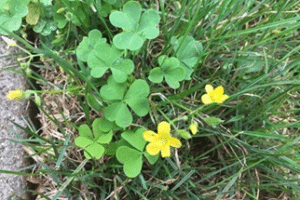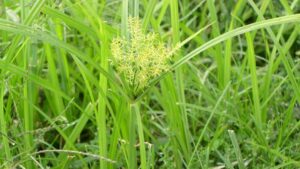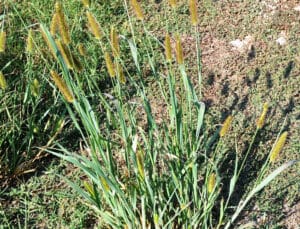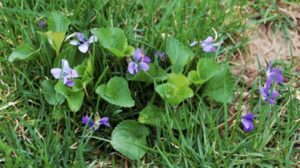Populus tremuloides
Description
Known for climate and soil adaptability, with gains of up to 5 feet per year, the Quaking Aspen Tree makes a statement. Especially since it boasts gorgeous fall color you’ll love. And the Quaking Aspen is well-known for thriving in cold climates and poor soil.
Your new tree will give you bright yellow leaves in the fall – stunning against its white bark. An amazing tree in every sense, the Quaking Aspen gets its name from its shimmering heart-shaped leaves…as well as its characteristic tremble or quake when a light breeze passes through the tree.
Planting
If you are experiencing extreme heat, place your potted tree in a well-shaded area, such as a garage, or plant it in a well-shaded area in your lawn. When you’re ready to plant, select a full sun location receiving 6+ hours of direct sun. The Quaking Aspen is quite adaptable to many soil types but require well-draining soil. Dig your hole two times the width and depth of the root system of the plant your are working with. Hold the tree straight as you begin back filling the hole with your gardening/native soil mixture. Once the hole has been completely filled, water the area to settle the soil and then mulch to help keep weeds and grass.
Watering
During the first year, make sure your tree gets water during extended dry spells, particularly in the summer months. Drooping leaves are a sign of both over and under watering, so take great care of your tree. Generally, watering once weekly should be fine.
Fertilizing
Use 10-10-10 or 20-20-20 fertilizer formula. Avoid fertilizing the tree directly. Instead, fertilize the tree’s soil.
Pruning
| Growing Information | |
| Mature Height: | 40-50 ft |
| Mature Width: | 20-25 ft |
| Sunlight: | Full Sun |
| Bloom Time: | |
| Growth Rate: | Fast |
| Grows Well in Zones: | 2-7 |
| Your Growing Zone: | 6 |





